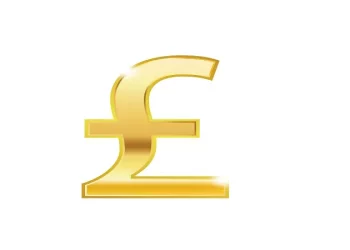Russia’s central bank said on Monday it would resume interventions in the domestic currency market in January, but with an adjusted formula that analysts said was likely to support the ruble.
In August, the central bank stopped buying foreign currency until the end of the year to avoid exacerbating pressure on the ruble, which fell below 100 to the dollar in August and September. Capital controls have since helped it recover to 88.5.
In announcing the resumption, the central bank added a crucial caveat that its intervention calculations would include the difference between the foreign exchange purchases postponed from Aug. 10 to Dec. 31 and the volume of rainy day fund spending to finance the government’s 2023 budget deficit.
“This is very unexpected news,” said CentroCreditBank economist Yevgeny Suvorov, who expects the National Wealth Fund’s (NWF) spending to be higher than the amount of deferred purchases.
“Therefore, from the beginning of 2024, the Central Bank will not buy foreign currency (that it did not buy in August-December), but will increase its sales,” Suvorov said. “This is very good news for the ruble.”
The ruble did not react on Monday, continuing to hover near a more than five-month high it hit last week.
Analysts tended to agree that the central bank would engage in net sales in early 2024.
Dmitry Polevoy, head of investments at Locko Invest, estimated deferred purchases at about 1.7-1.8 billion rubles ($19-$20.1 million) and NWF spending to finance the budget deficit at 3.46 billion rubles.
“The difference will amount to 1.65-1.75 billion rubles of net currency sales,” Polevoy said.
It was not yet clear over what period the Central Bank would spread its interventions.
The final calculations, to be announced in late December, will also include the net volume of the NWF’s investments in ruble financial assets and the volume of regular operations under Russia’s budget rule.
Under the budget rule, Russia sells foreign exchange from the NWF to cover any shortfall in oil and gas export revenues, or buys it if there is a surplus.
The central bank conducts these operations on behalf of the Finance Ministry, which resumed interventions in January after a hiatus of several months, shunning what it calls “unfriendly” Western currencies in favor of China’s yuan.
But on the back of recovering energy revenues, the Finance Ministry switched from selling to buying in August, putting more pressure on the ruble and prompting the Central Bank to halt its usual mirroring of the Finance Ministry’s operations to try to limit ruble volatility.
($1 = 89.7230 rubles)



























